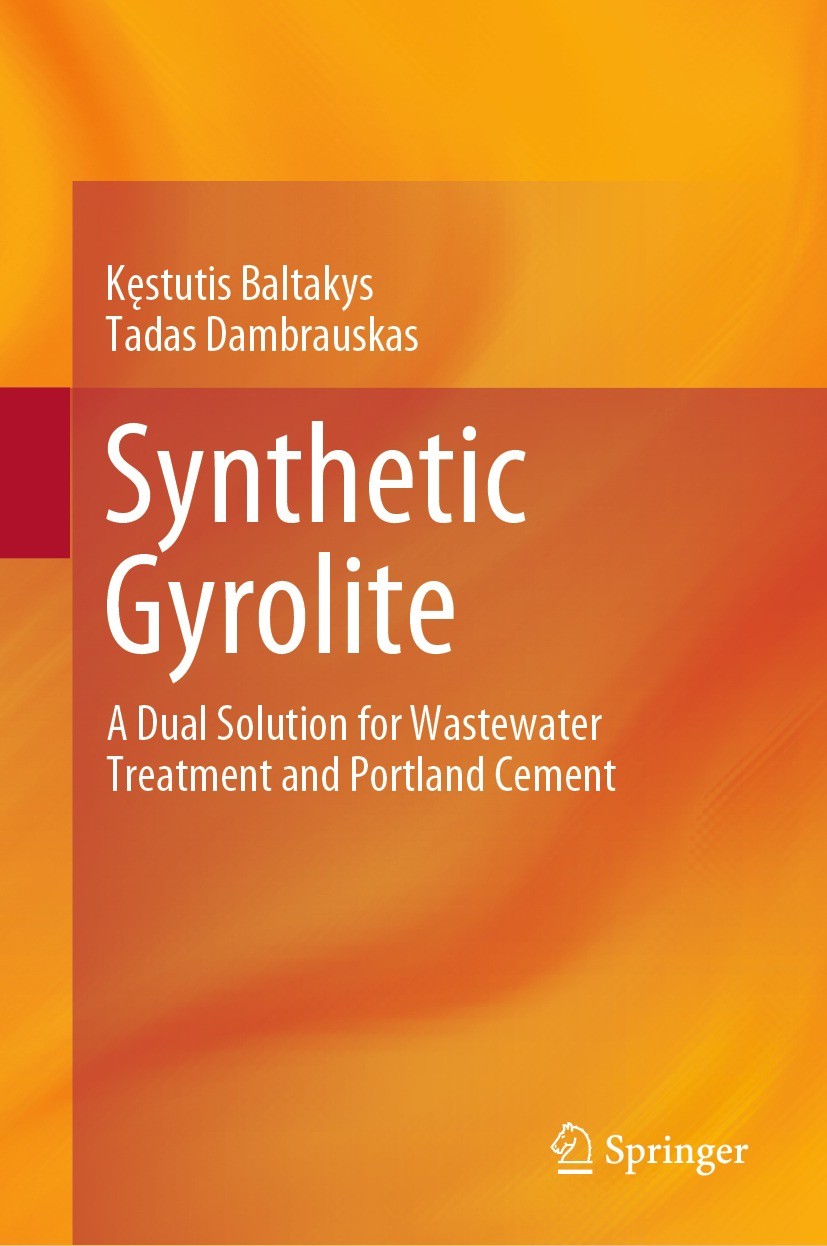| 书目名称 | Synthetic Gyrolite |
| 副标题 | A Dual Solution for |
| 编辑 | Kęstutis Baltakys,Tadas Dambrauskas |
| 视频video | http://file.papertrans.cn/885/884361/884361.mp4 |
| 概述 | Presents the synthesis and properties of calcium silicate hydrates.Includes various instrumental analysis techniques.Provides useful reference to researchers and graduate students |
| 图书封面 |  |
| 描述 | .This book explores the topic of gyrolite and calcium silicate hydrates, focusing on their potential applications in wastewater purification and as additives in ordinary Portland cement. Divided into five chapters, the book provides a comprehensive description of calcium silicate hydrates and addresses challenges in reusing solid waste. It also covers the synthesis and application of gyrolite, offering technological recommendations for future studies. The results presented are supported by instrumental analysis techniques and thermodynamic calculations, allowing readers to delve into inorganic chemistry and materials characterization. The book is suitable for both researchers and students interested in chemistry and materials characterization, offering valuable insights and guidance in the field.. |
| 出版日期 | Book 2024 |
| 关键词 | Gyrolite; Heavy metal ions; Hydrothermal synthesis; Adsorption; Solid waste; Porosity |
| 版次 | 1 |
| doi | https://doi.org/10.1007/978-3-031-49259-4 |
| isbn_softcover | 978-3-031-49261-7 |
| isbn_ebook | 978-3-031-49259-4 |
| copyright | The Editor(s) (if applicable) and The Author(s), under exclusive license to Springer Nature Switzerl |
 |Archiver|手机版|小黑屋|
派博传思国际
( 京公网安备110108008328)
GMT+8, 2025-12-15 09:59
|Archiver|手机版|小黑屋|
派博传思国际
( 京公网安备110108008328)
GMT+8, 2025-12-15 09:59


